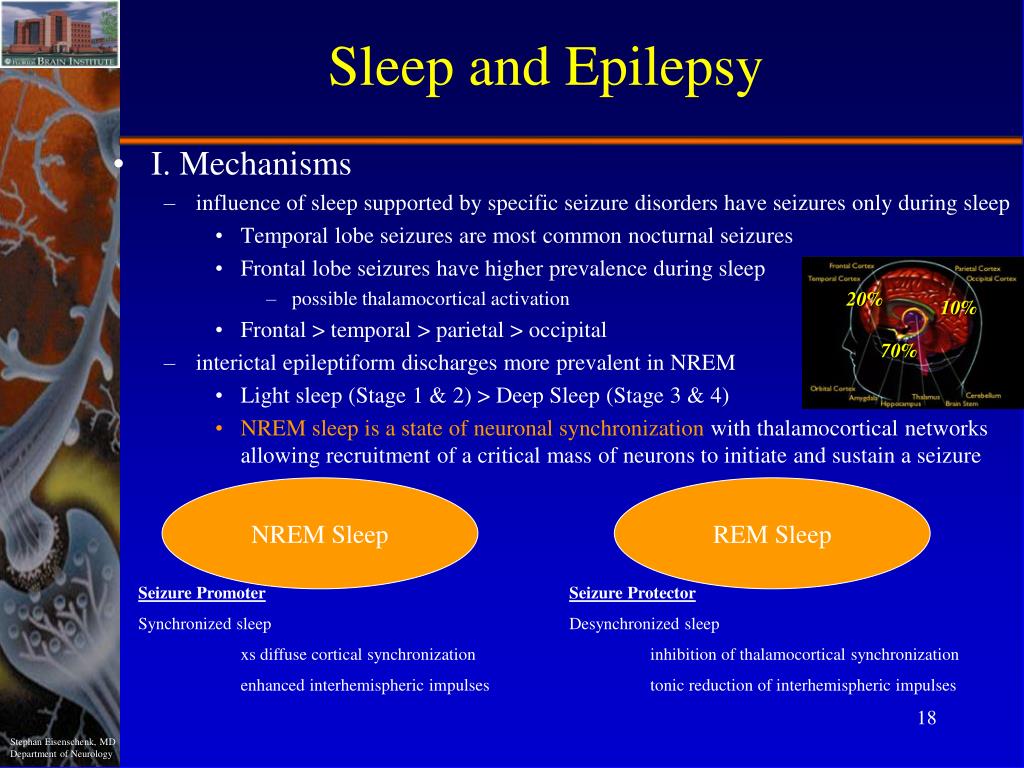

Inclusion criteria included neonates with gestational age ≥37 0/7 weeks, admission to the NICU for withdrawal after any in utero opioid exposure and assessment with the FNAS for signs of NAS. Data were collected from the electronic medical records at each institution. The study was approved by the Institutional Review Board of the University of Louisville and University of Kentucky. This retrospective study was conducted using data from two institutions, both level IV NICUs and regional referral centres for the respective area. The FNAS is a lengthy tool, 8 18 and given the continued increase in the number of infants diagnosed with NAS our goal was to create a shortened and simplified version of Finnegan Scoring System (sFNAS) that will highly correlate with the original FNAS for an efficient clinical assessment.

This study also supports the use of consecutive scores to identify infants who require pharmacological intervention. They found that 95% of the scores were less than 8, with some variability according to the day of life and time of day (lower at night) this led them to conclude that a value above 8 can be considered pathological. 16 The validity of the cut-off point of the FNAS was evaluated in 2010 by Zimmermann et al 17 in term newborns without opiate exposure. 1 13 15 Contiguous scores less than 8 are often used as a measure of readiness for weaning pharmacological therapy. 14 15įinnegan et al have proposed using three consecutive scores of 8 or higher, or two consecutive scores of 12 or higher, to initiate pharmacological treatment. 6 After its original publication, the FNAS was slightly modified in its form but not in content. However, the lack of subsequent validation and inter-rater reliability is a major concern regarding the FNAS. The tool was analysed for interuser reliability (mean inter-rater reliability coefficient of 0.82 (0.75–0.96)) and validated for the diagnosis of NAS. 3 4 10–12 The FNAS was developed in 1975 1 13 and consisted of 21 items allowing a thorough assessment of infants with NAS. The FNAS has been the most commonly used scale for the last 40 years. However there is no consensus as to which tool to use, the cut-off points for treatment and the interval between assessments. 6 These included the Finnegan Neonatal Abstinence Scoring System (FNAS), the Lipsitz tool, 7 the Neonatal Withdrawal Inventory, 8 the Neonatal Narcotic Withdrawal Index 9 and so on. Several scoring systems have been proposed to evaluate infants with NAS. The proportion of infants who received pharmacotherapy also increased, 74% in 2004–2005 to 87% in 2012–2013, resulting in a 35% increase in hospital costs. The median length of stay for infants with NAS increased from 13 to 19 days. 1–4 Tolia et al 5 reported an almost fourfold increase in NAS neonatal intensive care unit (NICU) admissions from 7 cases/1000 admissions in 2004 to 27 cases/1000 in 2013. The incidence of neonatal abstinence syndrome (NAS) has steadily increased since the 1970s and is now a significant public health problem.


 0 kommentar(er)
0 kommentar(er)
